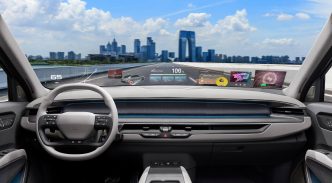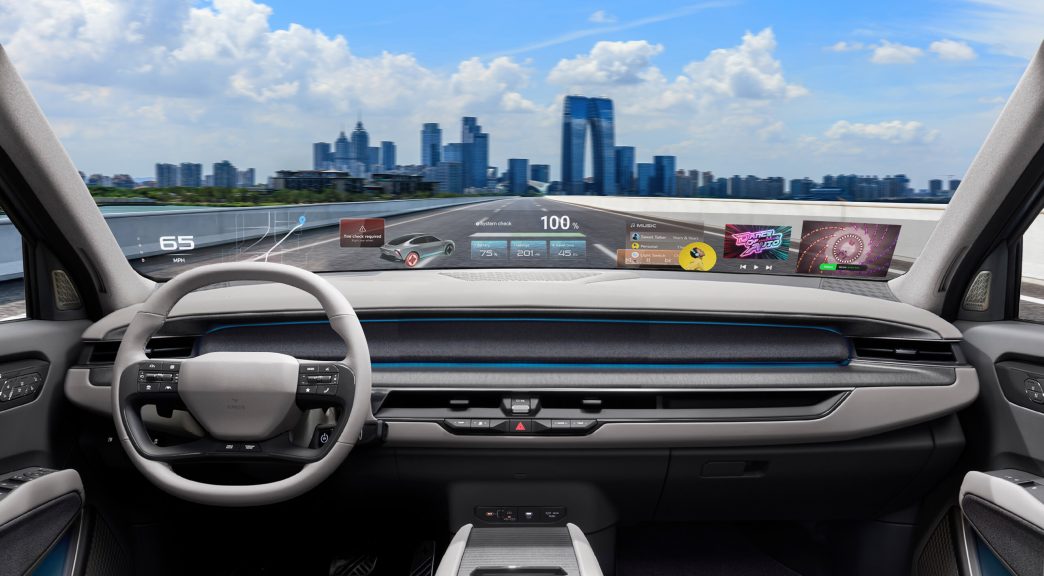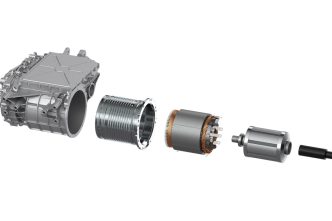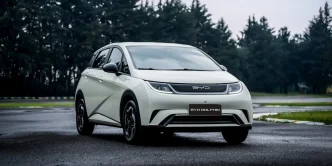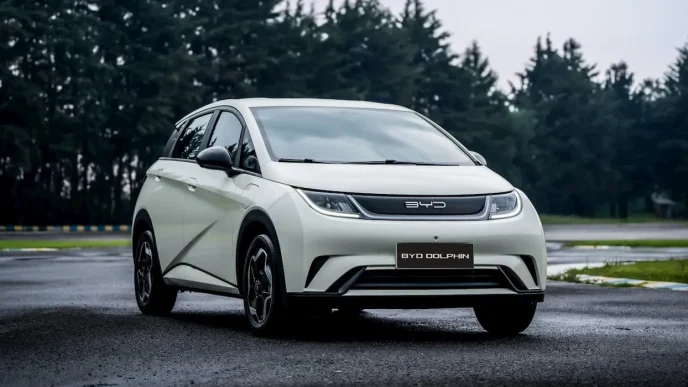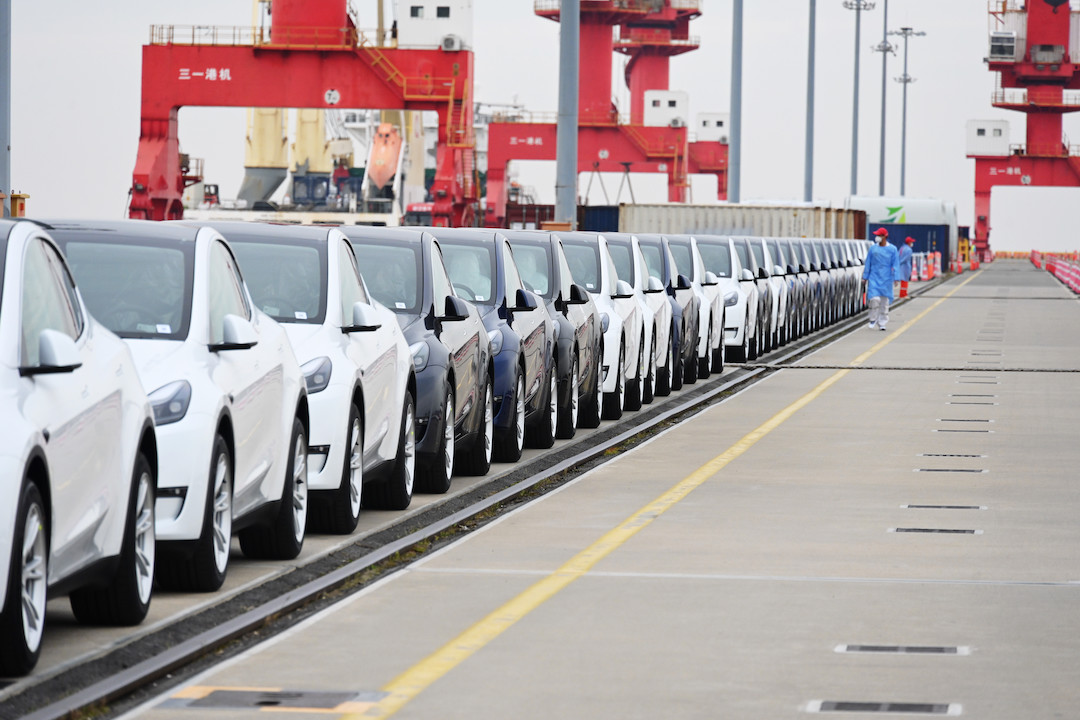Hyundai Mobis has announced a strategic partnership with German optics company Zeiss to develop an innovative technology that will transform the entire front windshield of vehicles into a display. This collaboration, unveiled on October 13 at Hyundai Mobis’ technology research center in Yongin, Gyeonggi Province, focuses on creating a “holographic windshield display” (Holographic HUD), promising to redefine the driving experience.
The Holographic HUD represents a significant leap in automotive technology, converting the front windshield into a transparent display that provides drivers with a wide range of driving information and infotainment options, including music, videos, and games, without requiring them to divert their gaze from the road. Unlike traditional head-up displays, which typically show limited data like speed and navigation routes, the Holographic HUD aims to deliver a comprehensive and immersive experience, enhancing both safety and convenience for drivers.
One of the key advantages of the Holographic HUD is its potential to eliminate the need for multiple display devices on the dashboard or center console, paving the way for a new era in vehicle interior design. According to OMDIA Research, the global market for Holographic HUDs is projected to grow to approximately 7 million units by 2030, underscoring the transformative potential of this technology in the automotive sector.
Hyundai Mobis and Zeiss plan to initiate mass production of the Holographic HUD as early as 2027. The development process will harness the specialized technical expertise of both companies to maximize synergies. Hyundai Mobis will lead system development and supply the automotive projectors, which are crucial components of the technology. Zeiss will provide the ultra-thin film necessary for the projectors, measuring just 0.1mm—about the thickness of a human hair.
Jung Soo-kyung, head of the Electronics Business Unit at Hyundai Mobis, expressed excitement about the collaboration, stating, “Starting with this new technology collaboration with Germany’s Zeiss, utilizing the front windshield of vehicles, we plan to expand our technological cooperation to various fields, integrating optics and automobiles, including in-vehicle and exterior holographic displays and 3D rear lamps.”
The development of automotive head-up displays (HUDs) has its roots in military aviation, where critical information was projected onto a transparent screen in a pilot’s line of sight. This technology was later adapted for automotive applications to enhance driving safety. The Holographic HUD marks the next evolution of this technology, offering a more integrated and seamless interface for drivers.
As Hyundai Mobis and Zeiss advance their collaboration, the automotive industry and consumers are keenly observing how this groundbreaking technology will reshape the driving experience and vehicle design in the years ahead.

